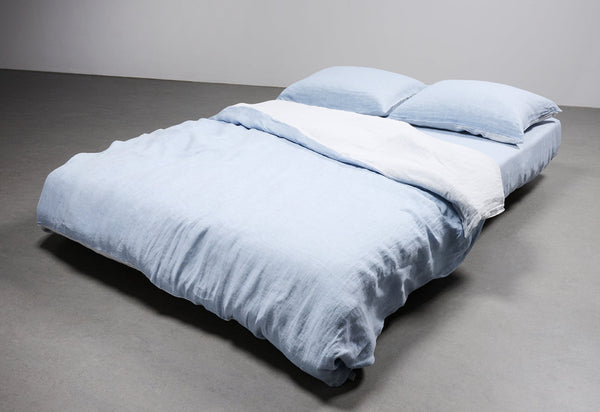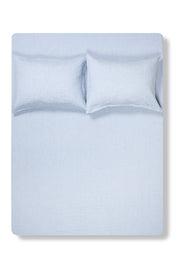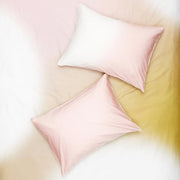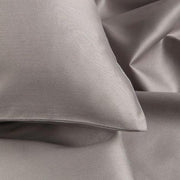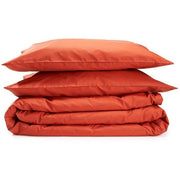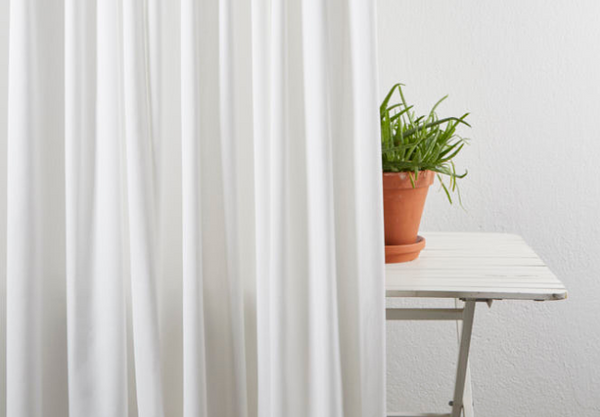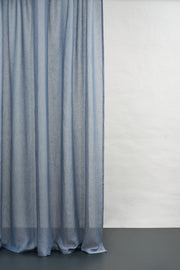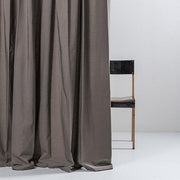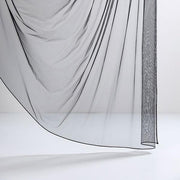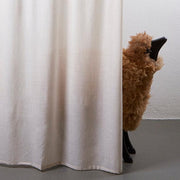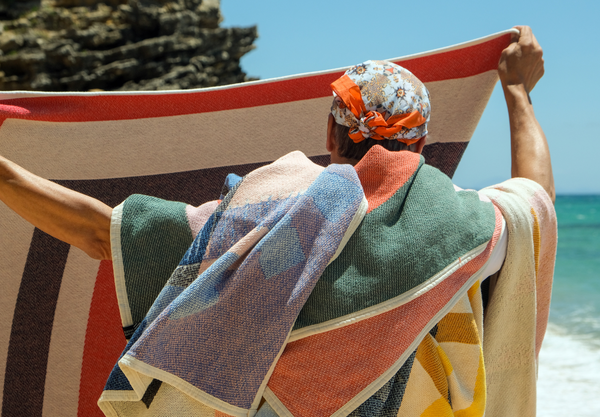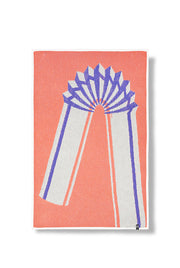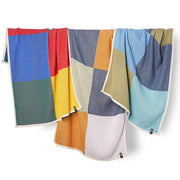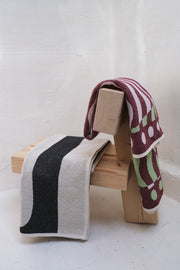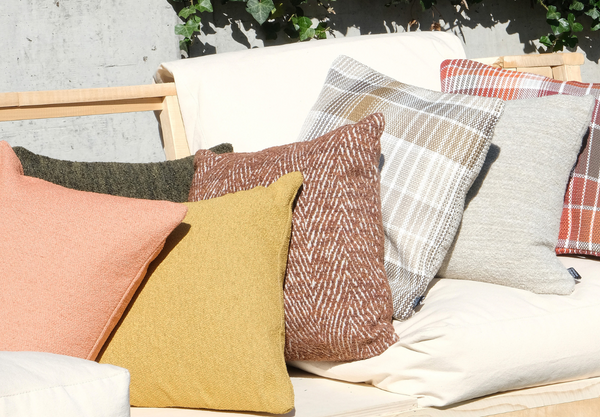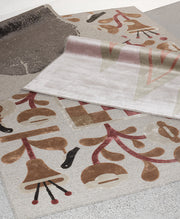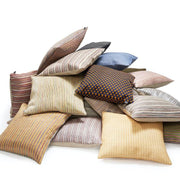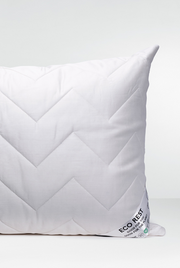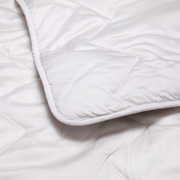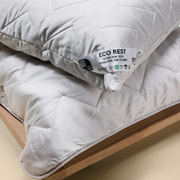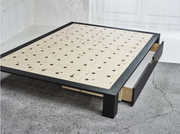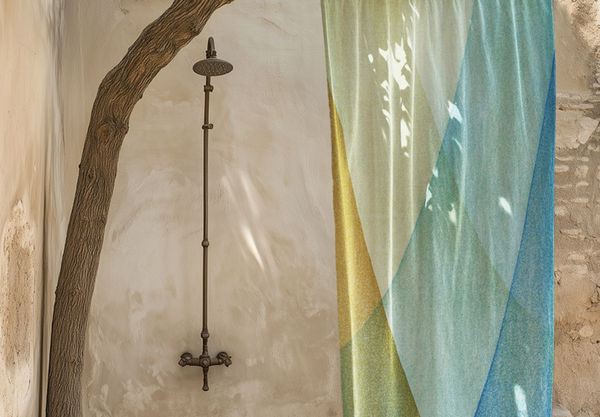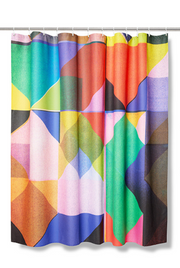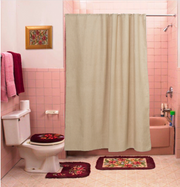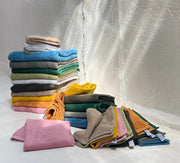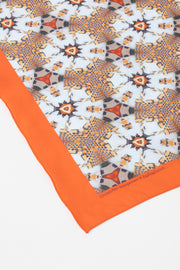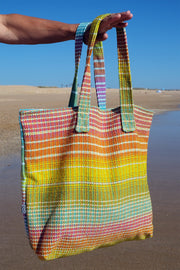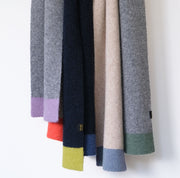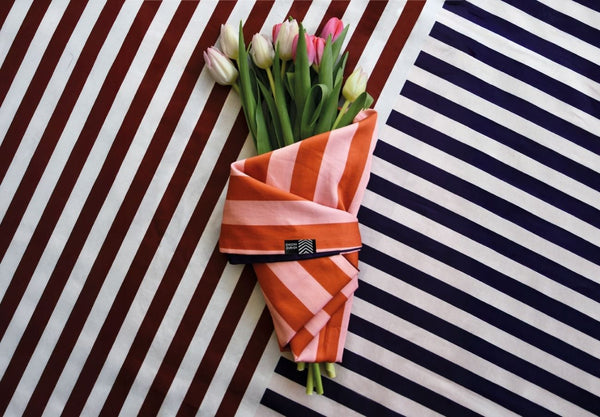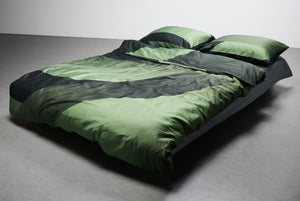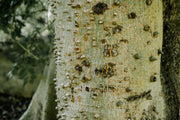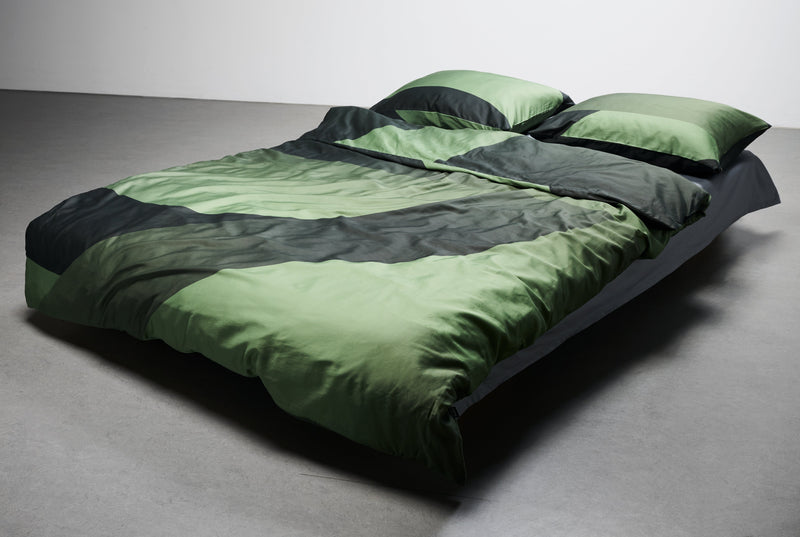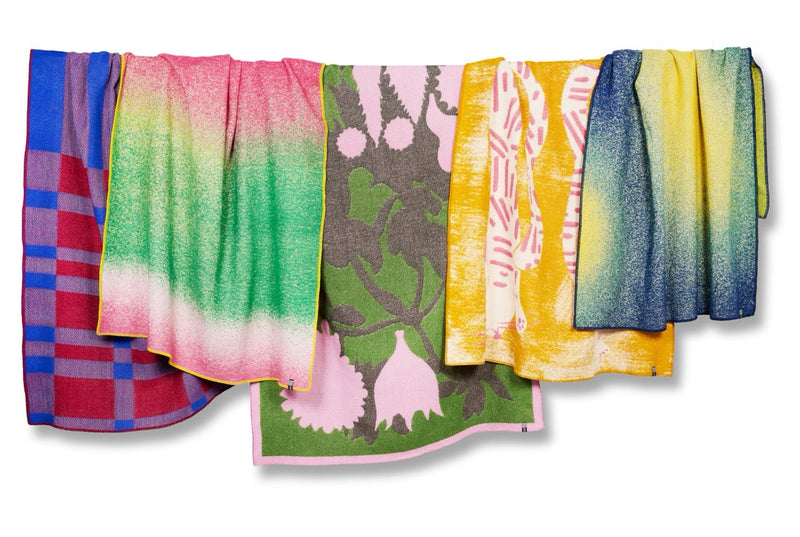Kapok: The Sustainable Marvel of Nature
Introduction
In a world where sustainability is an ever-increasing concern, nature offers us remarkable solutions to environmental challenges. Kapok, a fluffy, lightweight fiber derived from the seeds of kapok trees, stands as a prime example of sustainable innovation. In this blog post, we'll delve into the world of kapok, exploring its origins, unique features, and the various ways it's being utilized to contribute to a more eco-friendly future.
The Kapok Tree and Its Fiber

Kapok is derived from the seeds of the kapok tree (Ceiba pentandra), native to the rainforests of Central and South America. Also known as the silk cotton tree, it's a towering giant that can reach up to 200 feet in height. The tree's seed pods contain kapok fibers, which have been used for centuries by indigenous communities for various purposes.

Unique Features of Kapok
Kapok's remarkable characteristics set it apart from other natural fibers:
1. Lightweight: Kapok is incredibly lightweight, with a low density that allows it to float on water. This property makes it a valuable filling material in life jackets and buoyancy aids.
2. Natural Insulation: Kapok fibers have a hollow structure, providing excellent insulation properties. They trap air and create a warm and comfortable environment, making kapok an ideal choice for bedding materials including duvets and pillows .
3. Hypoallergenic: Kapok is naturally hypoallergenic, which means it's resistant to dust mites and other allergens. This makes it a great option for those with allergies or sensitivities.
4. Sustainable Sourcing: Kapok trees grow naturally in rainforests, which means they require minimal human intervention to thrive. Unlike many crops, kapok cultivation doesn't involve the use of synthetic pesticides or fertilizers.
Uses of Kapok
Kapok's versatility has led to its application in various industries:
1. Bedding: Kapok is used as a filling material in pillows, mattresses, and duvets. Its light, fluffy texture provides comfort and excellent insulation properties, ensuring a good night's sleep.
2. Life Jackets: Kapok's buoyancy makes it an ideal material for filling life jackets and other flotation devices, keeping individuals safe in water-related activities.
3. Upholstery: Kapok can be used as an eco-friendly alternative to traditional cushion and sofa fillings, offering a comfortable and sustainable choice for furniture.
4. Clothing: Kapok fiber can be blended with other materials to create breathable and lightweight fabrics for clothing, particularly in warm climates.
5. Oil Absorbents: Kapok fibers are effective in absorbing oil spills, offering a natural solution to environmental cleanup efforts.
Sustainability and Kapok
Kapok is inherently sustainable due to its low environmental impact:
1. Rainforest Preservation: Kapok trees are found naturally in rainforests and don't require extensive clearing or modification of ecosystems for cultivation.
2. Reduced Pesticide Usage: Kapok trees are typically resistant to pests and diseases, reducing the need for synthetic pesticides.
3. Biodegradability: Kapok is biodegradable, which means it naturally breaks down over time without contributing to long-term waste.
4. Minimal Water Usage: Kapok trees do not require excessive water for growth, making them a water-efficient alternative to many crops.
Conclusion
Kapok is a remarkable example of how nature can provide sustainable solutions to our needs. Its lightweight, hypoallergenic, and insulating properties make it a valuable resource in various industries. As we continue to prioritize sustainability, kapok stands as an eco-friendly alternative that not only benefits the environment but also enhances our comfort and safety. By choosing products and materials that incorporate kapok, we can contribute to a greener and more sustainable future.
